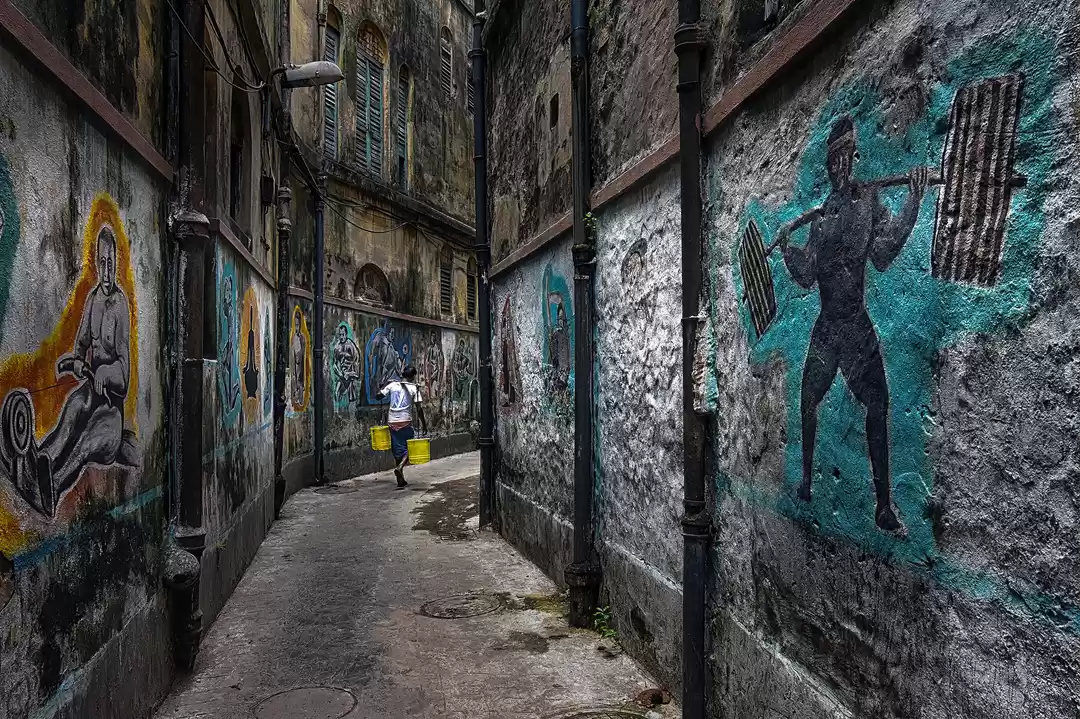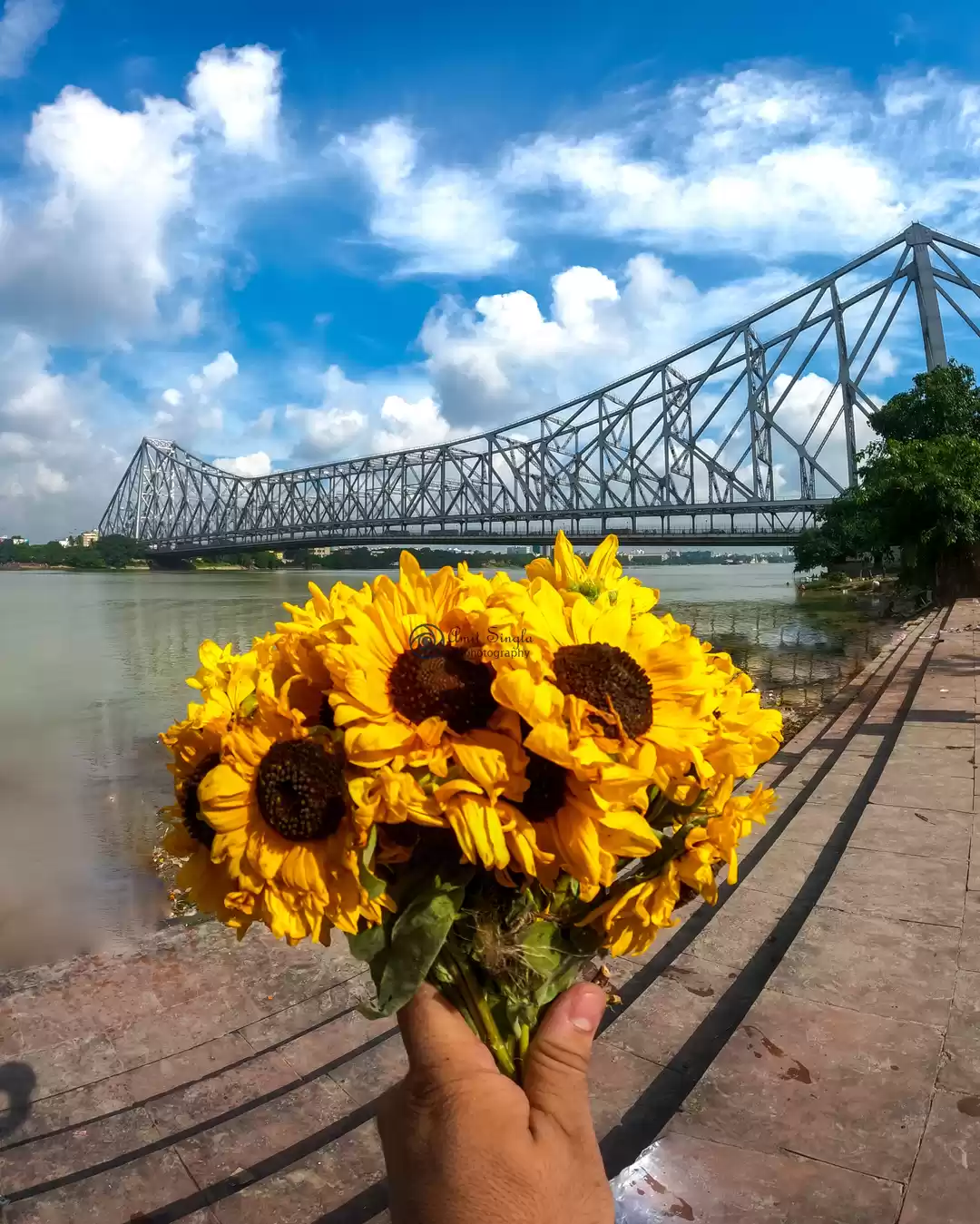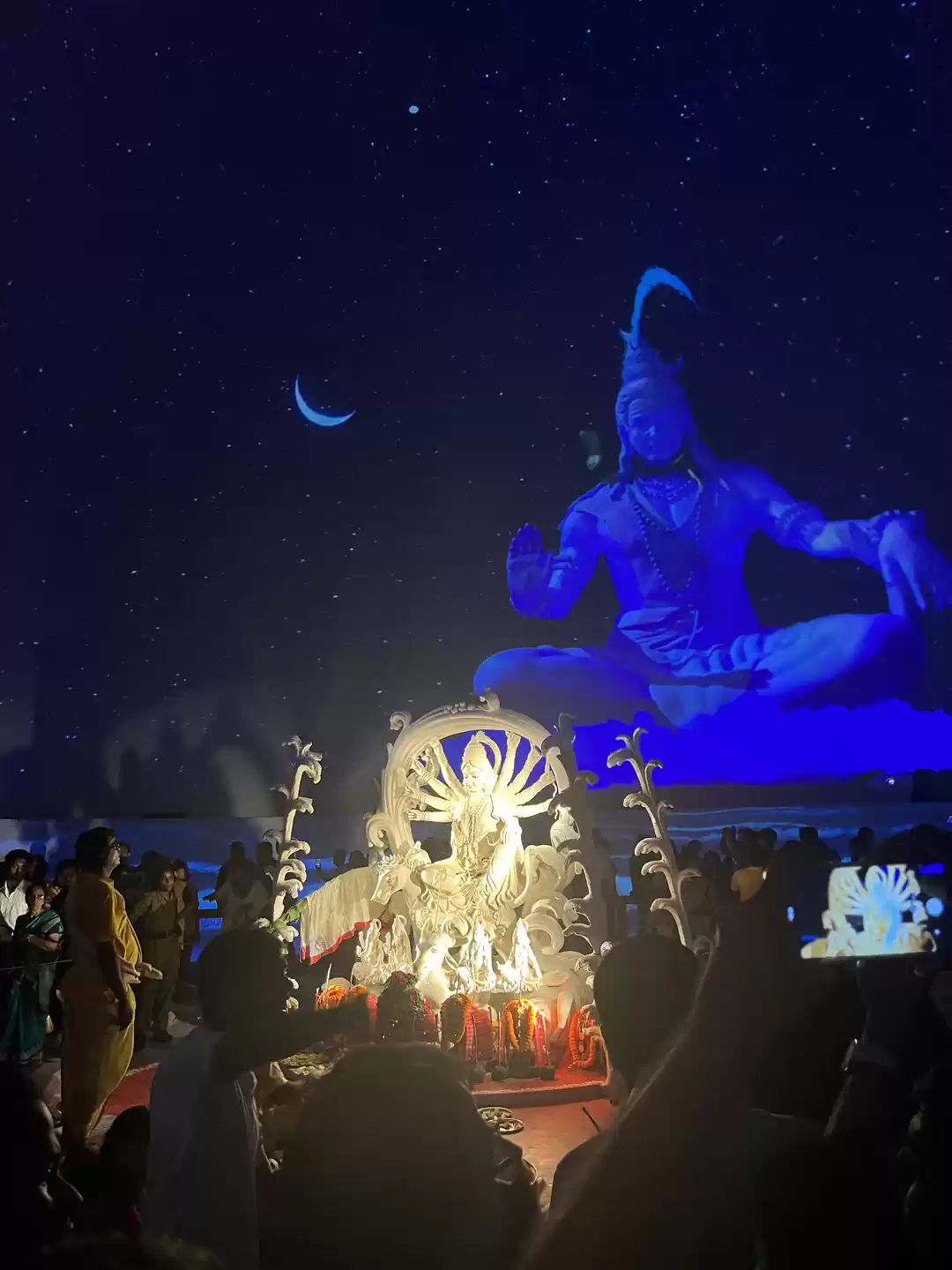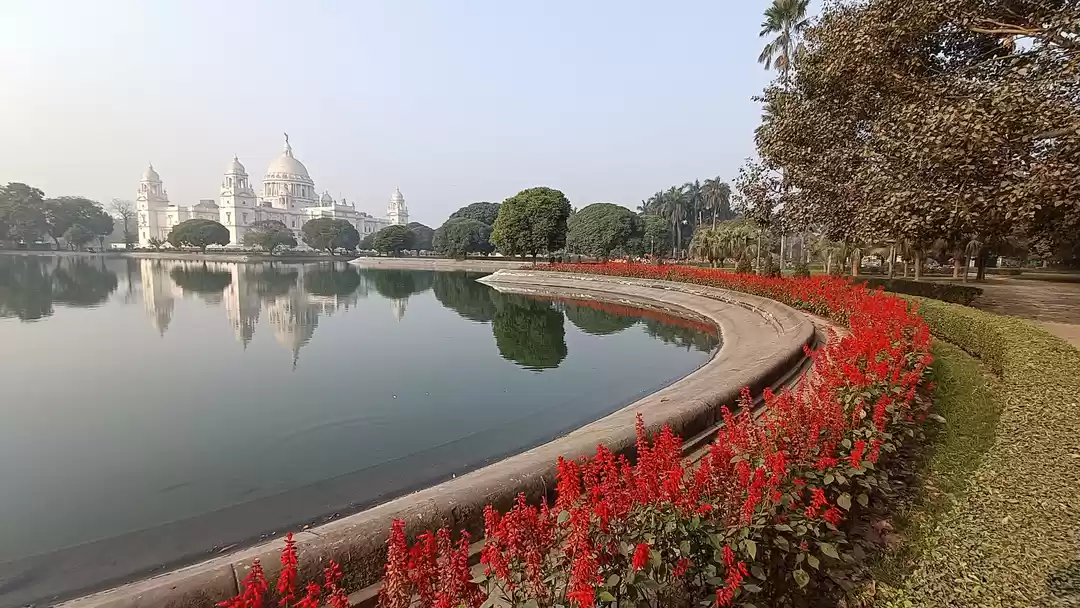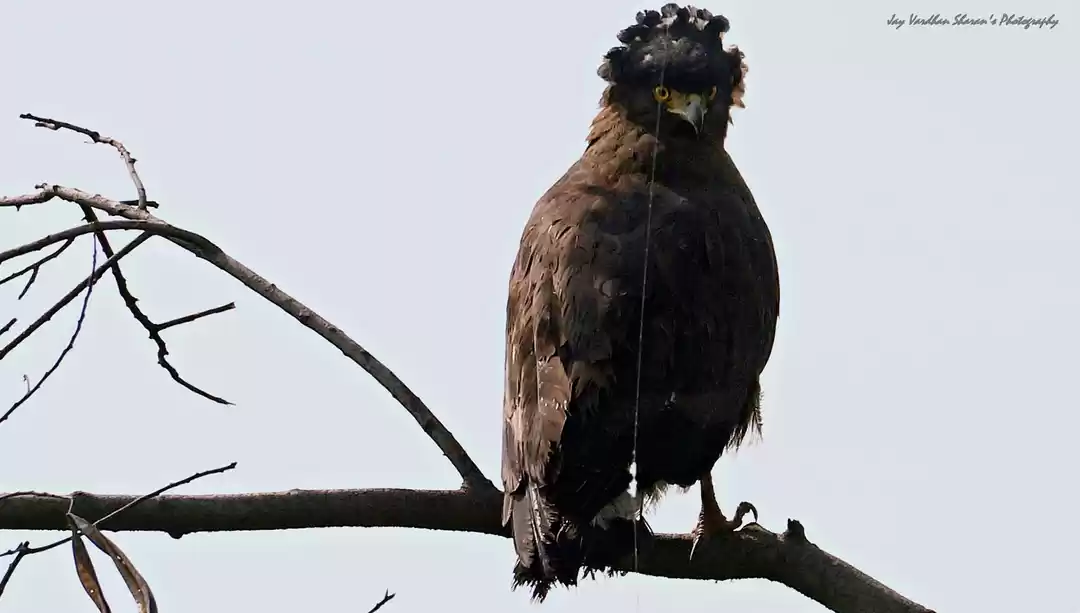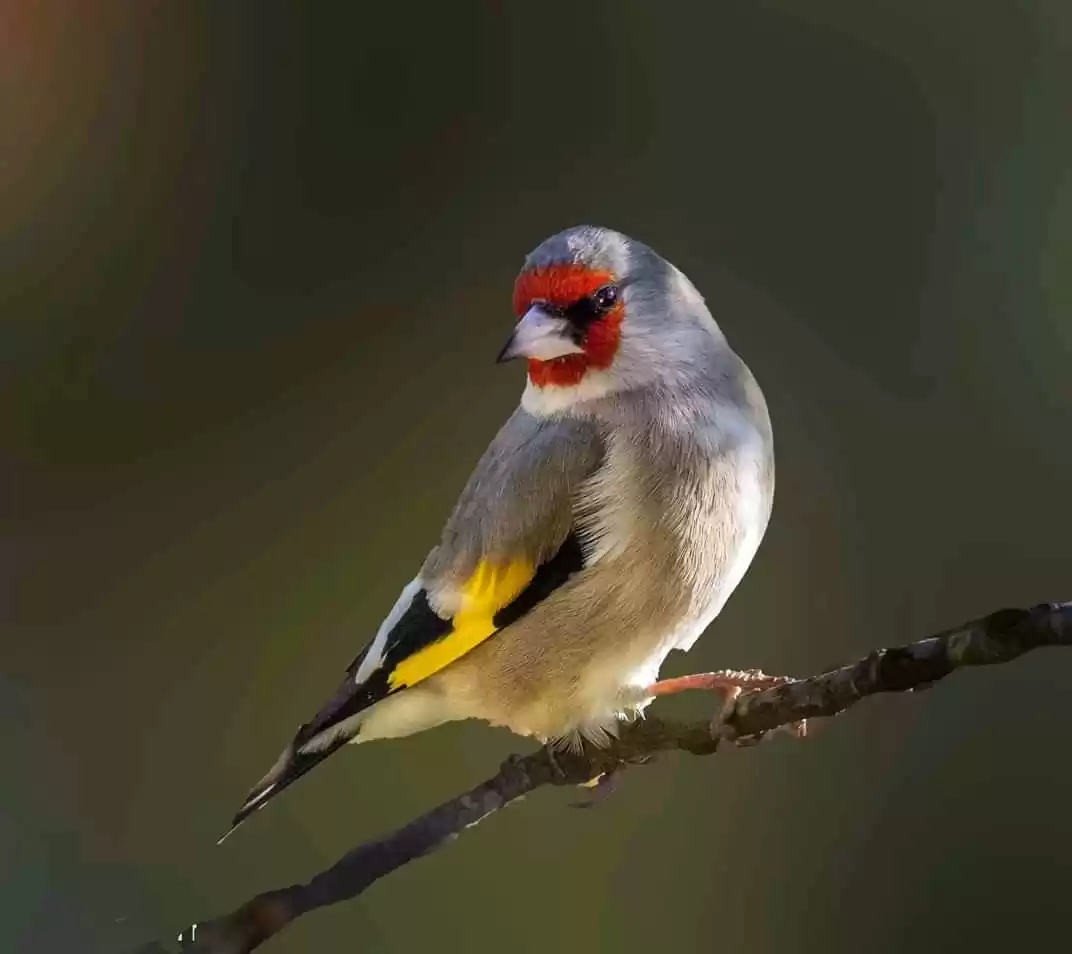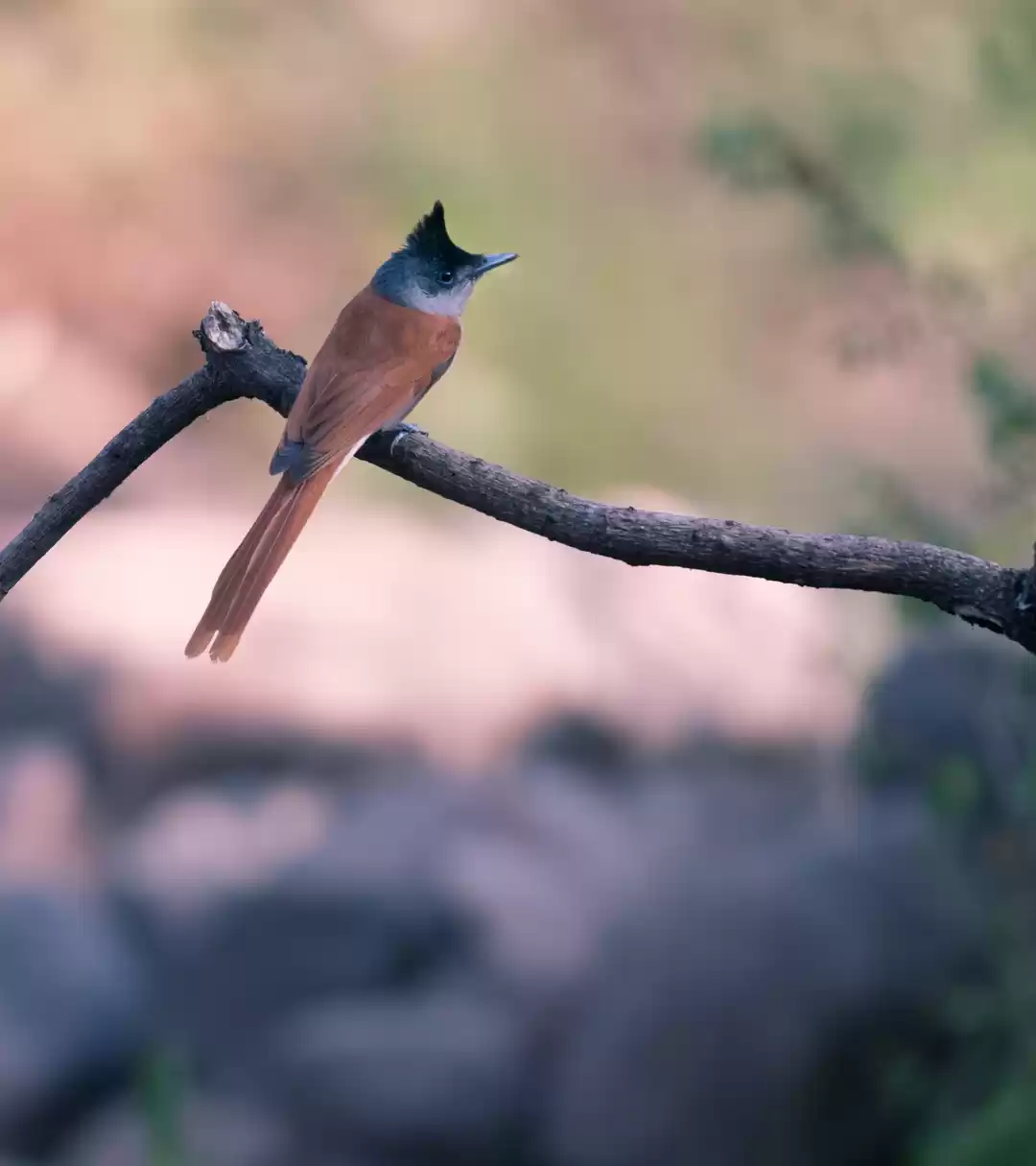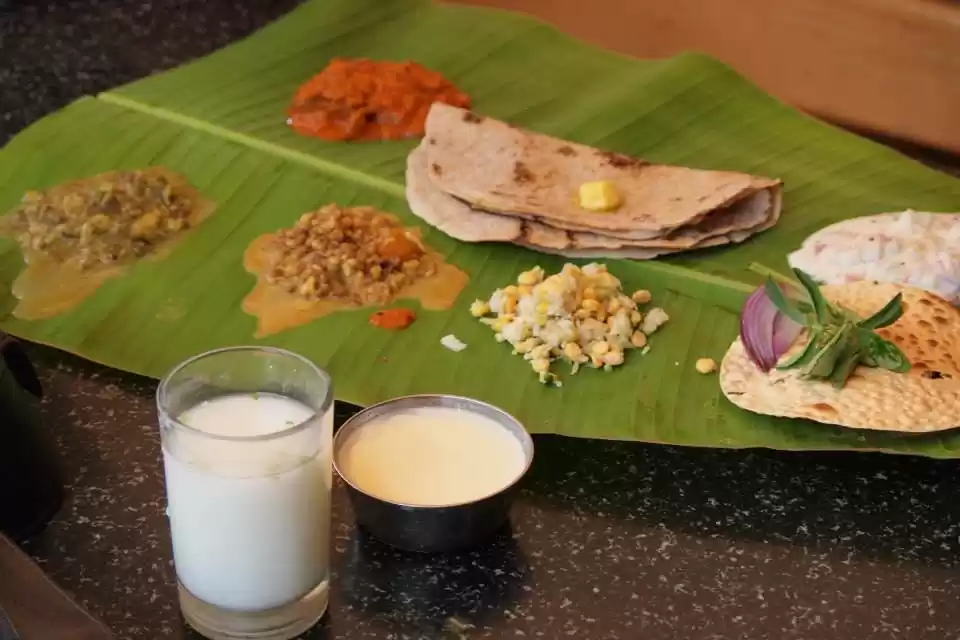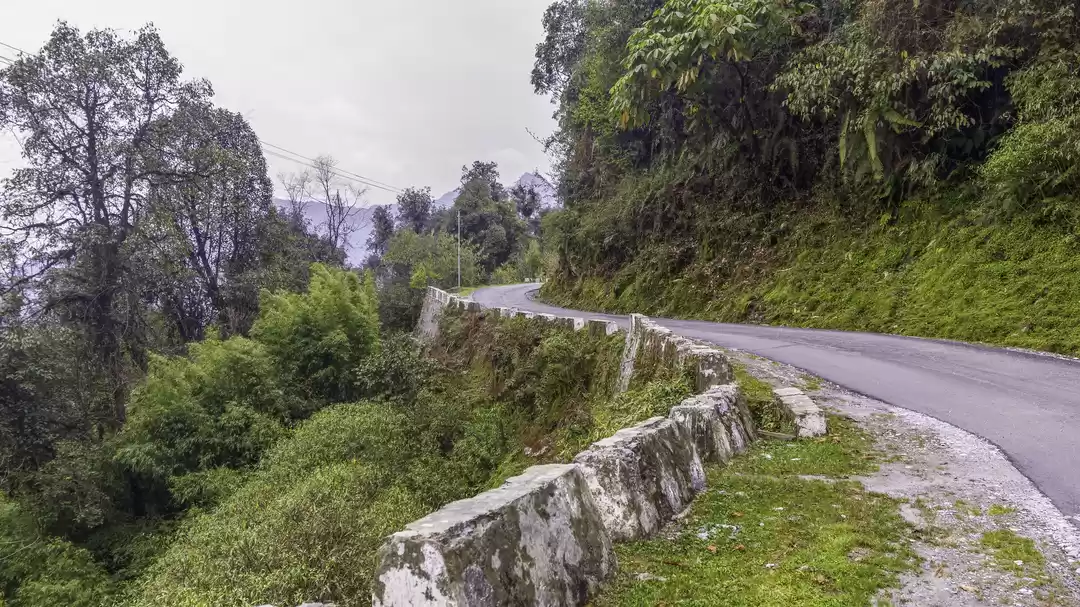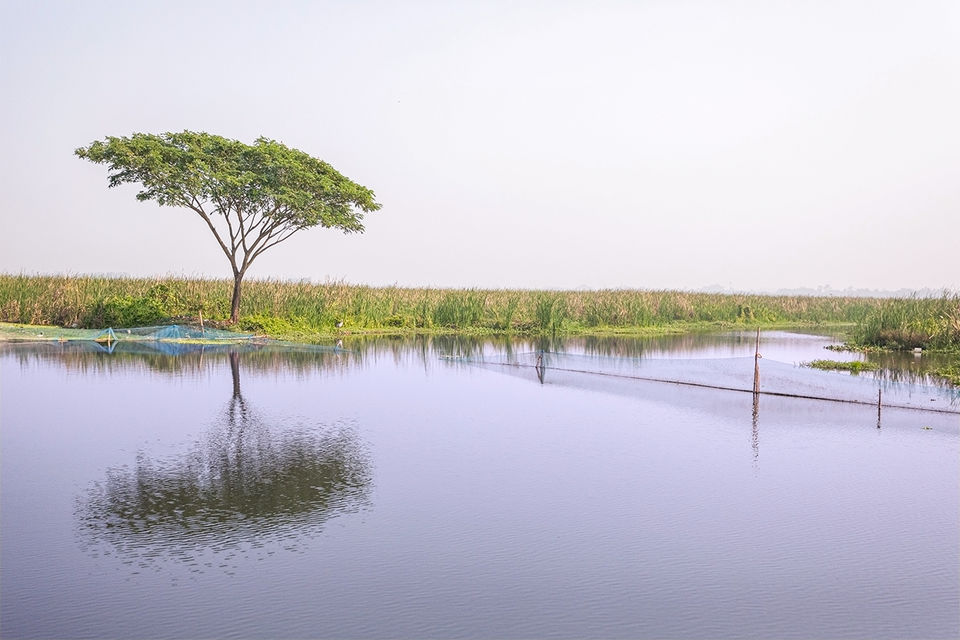
The little oasis is known for its Munias-Red Munia, Chestnut munia, Black headed munia and Indian Silver bill-all present with their enigmatic beauty. The occasional presence of Ruby throat and Bluethroat adds the flavour. But human interference is pushing this habitat to the brink of extinction.
About 18.72 acres of remnant wet land (22o36’21.94” N; 88 o28’36.92’ E) in New Town, Action area II, opposite Eco Park, has been a popular birding destination. During winter months, in any off-day, Kolkata’s bird lovers are vying there to take glimpse of the feathered beauties. Passerine birds, more particularly Munias are abundantly found. Beside munias, in scrubs and grasses- Bluethroat, Ruby throat, warblers, eastern stonechat, bush lark, prinia, Eurasian waynk, coucals are also common. Often raptors, vultures and cuckoos frequent. In remnant marshes crakes and rails are found.
Uncontrolled human interference - garbage dumping and stubble burning etc. is jeopardizing this remnant birds’ habitat and the small habitat destines for silent death. The small nulla is being used for dumping refuges and is cogging day by day. Open-bill stork, wagtails, crakes and herons finding it difficult for its sustenance. Unless, conservation effort intervenes, Kolkata is yet to lose another birds’ habitat from her possession. Here presents the enigmatic beauty, grace with kaleidoscopic colours of few birds captured through my lens.
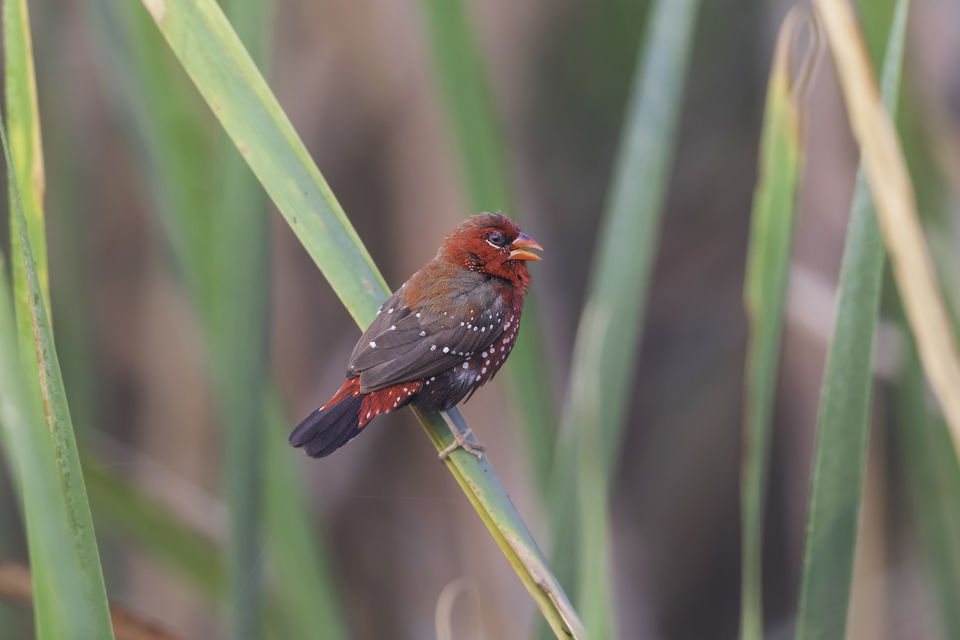
Most attractive among munias is Red avadavat (Amandava amandava) or red munia or strawberry finch. This sparrow sized bird is sexually dimorphic and is found in flock. Male has most attractive plumages in breeding season. Female is duller with less of the white spotting on the feathers. Its common name ‘avadavat’ derives from Ahmedabad city, where form these birds were exported into the pet trade in former times. Tall grass with near water source makes this little patch a perfect habitat for Red avadavat.

Chestnut munia (Lonchura atricapilla) is yet another attraction in this wetland. Formerly considered as conspecific with the closely related Black headed munia but is now widely recognized as a separate species. This small gregarious bird feeds mainly on grain and other seeds and frequents in open grassland and cultivation. Sexually alike but immature birds have uniform pale brown upperparts, lack the dark head and have white to pale buff underparts.

Black headed munia(Lonchura malacca) is abundantly found in this grassy patch. In early morning, these birds are found picking up paddy and other grass seeds. Often considered as paddy pest by the farmers. Sexually alike but hens tend to have a slightly smaller beak (less curved at the culmen) and may have paler fringes of the tail and tail coverts. Cocks tend to have marginally bolder, wider heads. Only the male can sing.

Indian silver bill or white-throated munia (Euodice malabarica) is a sparrow-sized gregarious bird and are found in flocks and often with other munias. They feed on the ground or on low shrubs and grass stalks. Their feed on a wide range of grass seeds and will also make use of crop species. They constantly utter a low cheeping or chirping call as they forage. They nest in winter in southern India and after summer in northern India.

In the midst of munias, in winter months Bluethroat and Siberian Rubythroat make this little patch more attractive. Bluethroat (Luscinia svecica) is a migratory insectivorous species winters in the Indian subcontinent. The male has an iridescent blue bib edged below with successive black, white and rust coloured borders but females usually have just a blackish crescent on an otherwise cream throat and breast. Beautiful thrush-like bird that tends to stay hidden inside scrubs and bushes. Usually skulky but singing males can perch conspicuously atop a bush.
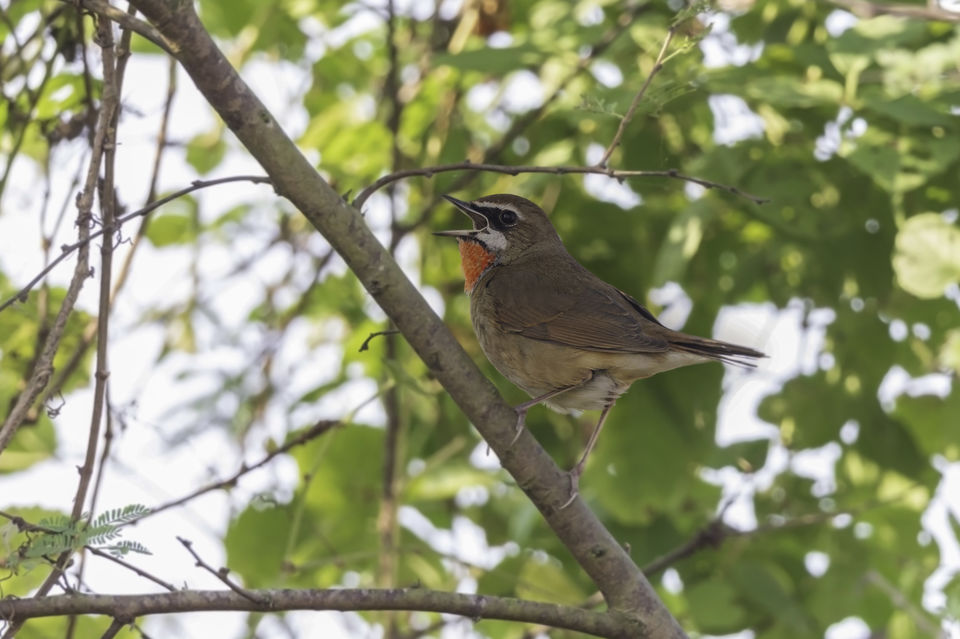
During winter months,Siberian or Eastern stonechat, Plain Prinia, Zitting cisticola and Bengal Bush lark are pretty common in this remnant wet land.Siberian or Asian stonechat(Saxicola maurus)is migratory and insectivorous bird. It breeds in temperate Asia and winters in sub-tropical India. Breeding male has a black head, broad white half-collar, and rusty-red chest, whereas non-breeding male is patchier, with a paler head and chest. Female is predominantly streaky brown above, with a weaker, less contrasting face and chest pattern.

Though Yellow-bellied Prinia was recorded but during winter months, Plain Prinia is abundantly found in the grasses and scrubs. Plain Prinia (Prinia inornata) has short rounded wings, longish tail, strong legs and a short black bill. In breeding plumage, adults are grey-brown above, with a short white supercilium and rufous fringes on the closed wings. The underparts are whitish-buff. The sexes are identical. In winter, the upperparts become warmer brown the tail is longer than in summer.
Zitting cisticola or streaked fantail warbler (Cisticola juncidis), is yet another common bird found in this wet land. This small insectivorous bird is brown above, heavily streaked with black markings. The underparts are whitish, and the tail is broad, white-tipped and flicked frequently. Conspicuous “zitting" calls registers its’ presence.

The remnant wet land is also rich in both Reed and Leaf Warblers. Dusky Warblers, Clamorous Reed Warbler, Grass-hopper warblers are pretty common. Among the leaf warblers, during winter month Dusky warbler (Phylloscopus fuscatus) frequents in the small shrubs for caterpillars, insects etc. Dusky warbler is migratory and winters in South Asia and South-east Asia. The adult has an un-streaked brown back and buff underparts. There is a prominent whitish supercilium, and the bill is fine and pointed. The sexes are alike. Like most warblers, it is insectivorous, but will take other small food items, including berries.
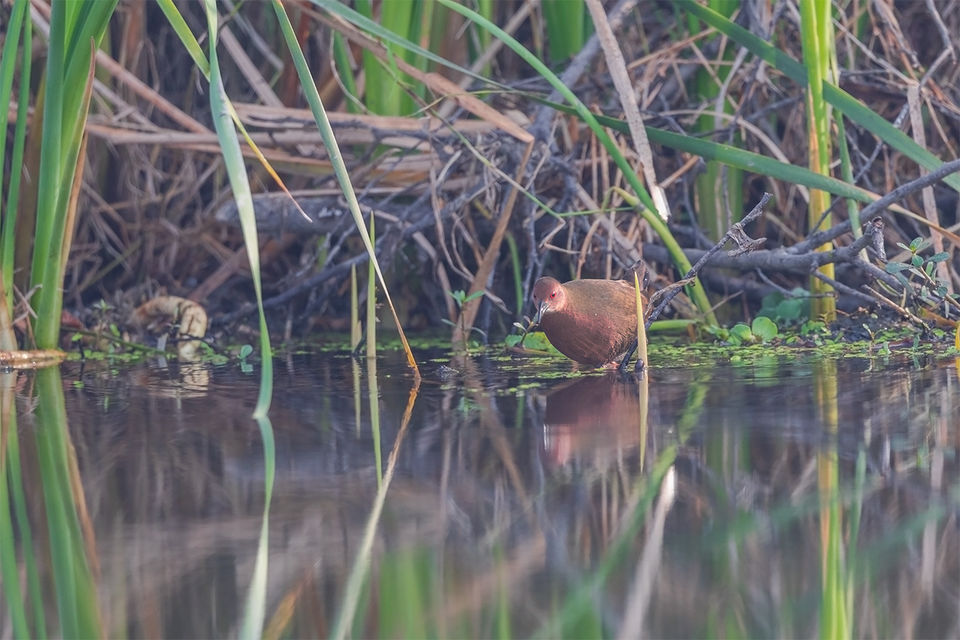
Story of this remnant wet land is incomplete, if Crakes and Rails are not mentioned. The canal intersecting this wet land harbors Ruddy breasted Crake, Spotted Crake, Slaty-breasted rail. Often in early morning they emerge from the tall grasses at the edge of canal to give a brief appearance for birders’ eye treats. Small, chicken like inhabitant of marshes- Ruddy breasted Crake (Zapornia fusca) has flattened body to allow easier passage through the reeds or undergrowth. It has long toes and a short tail. The bill is yellowish, and the eyes, legs, and feet are red.

Spotted crakes are uncommon to this locally, perhaps first time recorded in December, 2020 in this remnant wet land but fairly common in western Indian. They breeds in marshes and sedge beds across temperate Europe into western Asia. This species is migratory, wintering in Africa, Pakistan and Western India. About same size as Water Rail (other crakes appreciably smaller), but have short yellow bill with reddish base, legs greenish. They are very secretive and are mostly heard rather than seen. They have a distinctive repetitive whiplash-like hwuit, hwuit call.


